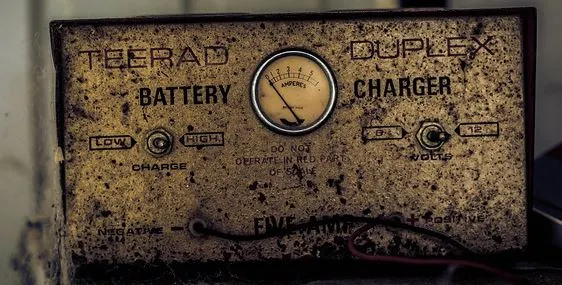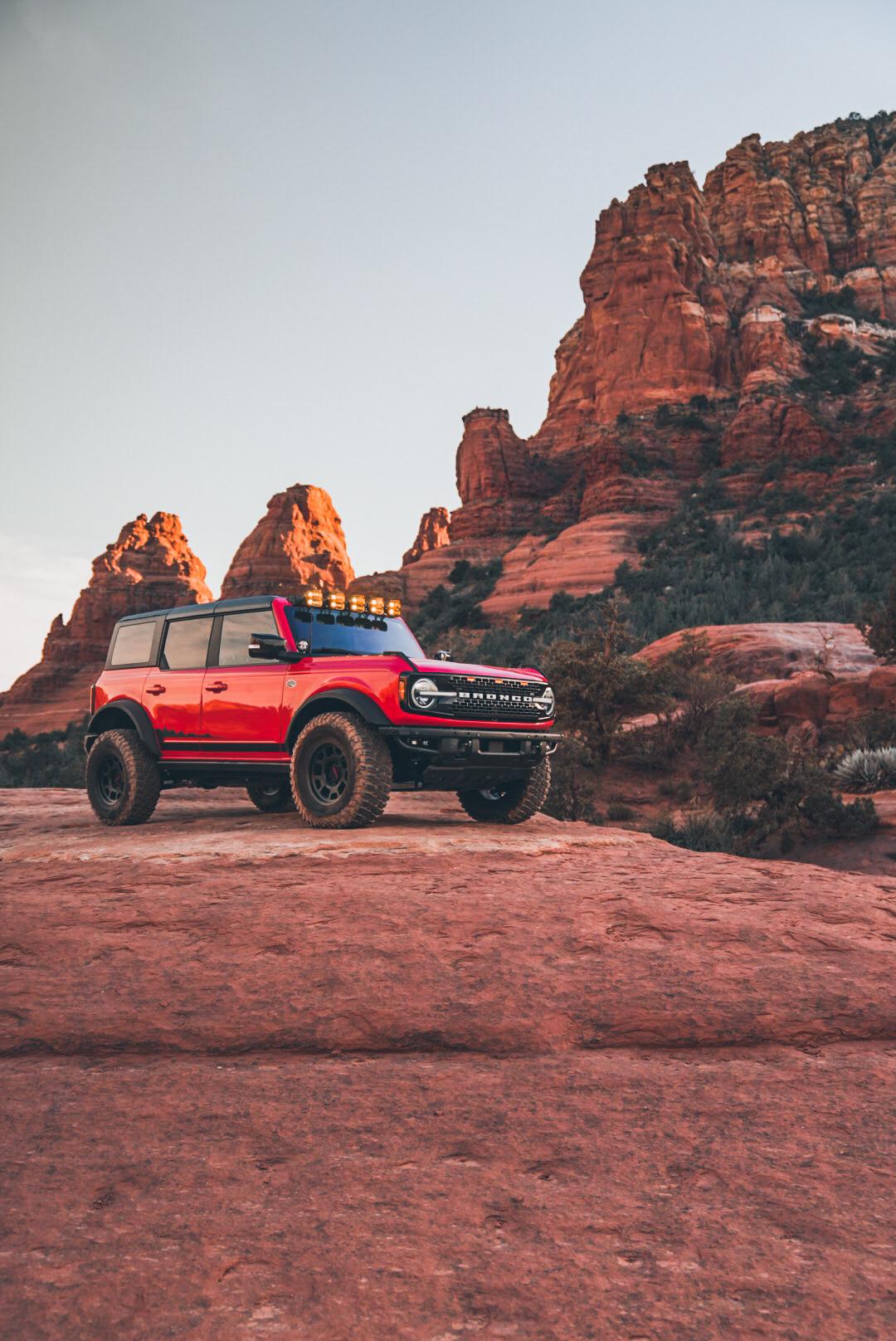hwse
Solar Enthusiast
- Joined
- Jan 2, 2021
- Messages
- 585
On my sailboat, the in-rush current for the starter on the diesel engine far exceeds the discharge capacity of most BMS's, but the cells can handle the current without problem.
I have been thinking that I could build a pack with small cells [50Ah to100Ah] with a BMS and a High output normally open contactor relay for connecting to the starter. The power lugs for the relay would attach between the battery negative and the BMS but it would get its energizing current from after the BMS. That way all cell management would be handled by the BMS, but the actual high load would not.
That way I would not be limited by the BMS FETS. The contactor would need to be a naturally open and get a control current from the BMS. Then if the BMS shuts off, it would open the contactor due to the loss of voltage.
Does this sound like a workable solution or am I missing something?
I have been thinking that I could build a pack with small cells [50Ah to100Ah] with a BMS and a High output normally open contactor relay for connecting to the starter. The power lugs for the relay would attach between the battery negative and the BMS but it would get its energizing current from after the BMS. That way all cell management would be handled by the BMS, but the actual high load would not.
That way I would not be limited by the BMS FETS. The contactor would need to be a naturally open and get a control current from the BMS. Then if the BMS shuts off, it would open the contactor due to the loss of voltage.
Does this sound like a workable solution or am I missing something?





